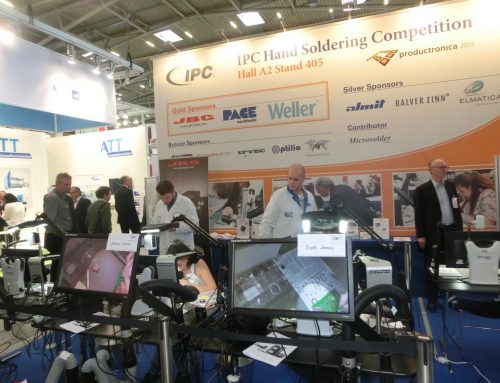Various researchers have looked into the reasons why there is a concentration of industries in certain geographical areas and not in others.
Their research nearly always indicates that there is a connection between the clustering of industries and the characteristics of geographical areas. There are three factors at play, namely the presence of goods, people and ideas. The extent to which the three factors are present somewhere determines whether clustering takes place there or not.
These three factors can obviously be translated into one bigger factor, which is the cost factor. When moving goods, people and ideas, there are costs involved. Companies attract suppliers to their location, or companies go to where their suppliers are concentrated, so that costs are reduced. Secondly, when staff is in abundance in a region, another cost reduction is possible and it is interesting for companies to set up shop there. Thirdly, new ideas spring up when there are plenty of people around to brainstorm. The presence of knowledge institutes and similar companies nurtures the creation of new ideas. Companies that are close to each other benefit from this, and they can learn from each other and share knowledge.
If there are goods, potential employees and new ideas in a geographical region, there will be a concentration of industries there. Germany is a case in point. Especially in the Stuttgart region all three variables are met. However, if one of the variables is missing, then industries get fragmented. There are also enough examples in Europe of this, namely in Spain and in Sweden.
The concentration of industrial sectors in certain regions in Europe is a good thing. We can reduce costs and make use of each other’s strengths. And bearing in mind an ageing working population we will become even more dependent on the potential on the labour market and on cooperation among companies.






